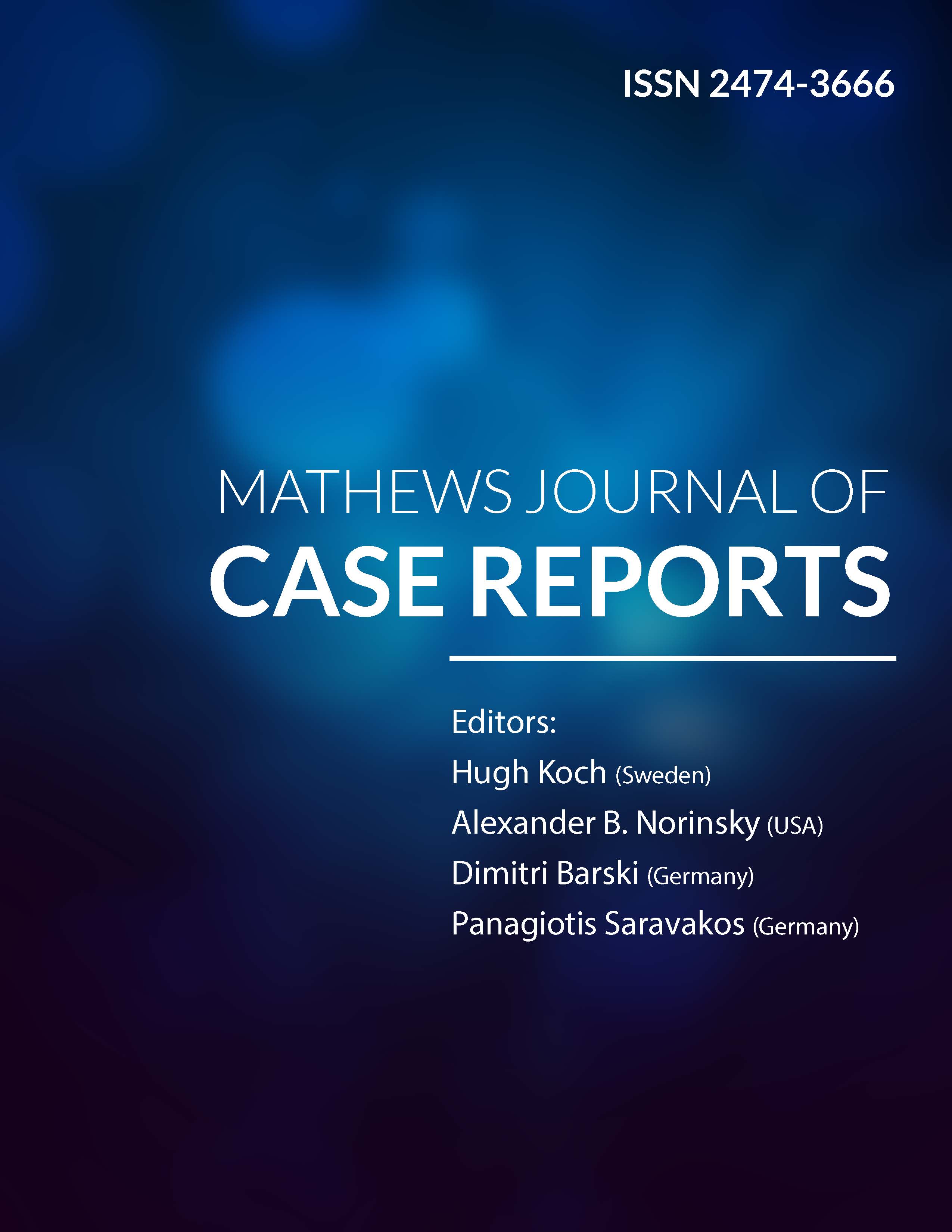
Information Links
Previous Issues Volume 8, Issue 10 - 2023
Assessment of the Antimicrobial Properties of Aloe Vera Extract on some Clinical Isolates
Iyevhobu KO1,2,3,* Momoh ARM4, Okparaku SO1, Babatope IO5, Ken-Iyevhobu BA3,6, Omolumen LE7, Abaku PO3,7, Oseni DI3,7
1Department of Medical Microbiology, Faculty of Medical Laboratory Science, Ambrose Alli University, Ekpoma, Edo State, Nigeria
2CEPI/ISTH Lassa Fever Epidemiology Study, Irrua Specialist Teaching Hospital (ISTH), Irrua, Edo State, Nigeria
3St. Kenny Research Consult, Ekpoma, Edo State, Nigeria
4Department of Medical Microbiology and Parasitology, Faculty of Basic Clinical Sciences, College of Medicine, Ambrose Alli University, Ekpoma, Edo State, Nigeria
5Department of Haematology and Blood Transfusion Science, Faculty of Medical Laboratory Science, Ambrose Alli University, Ekpoma, Edo State, Nigeria
6Department of Microbiology, Faculty of Life Sciences, Ambrose Alli University, Ekpoma, Edo State, Nigeria
7Department of Chemical Pathology, Faculty of Medical Laboratory Science, Ambrose Alli University, Ekpoma, Edo State, Nigeria
*Corresponding Author: Iyevhobu Kenneth Oshiokhayamhe, Department of Medical Microbiology, Faculty of Medical Laboratory Science, Ambrose Alli University, Ekpoma, Edo State, Nigeria, Tel: +2348022303311, ORCID: 0000-0001-6577-0637; Email: [email protected].
Received Date: October 21, 2023
Published Date: November 15, 2023
Citation: Iyevhobu KO, et al. (2023). Assessment of the Antimicrobial Properties of Aloe Vera Extract on some Clinical Isolates. Mathews J Case Rep. 8(10):132.
Copyrights: Iyevhobu KO, et al. © (2023).
ABSTRACT
The crude of Aloe Vera gel was investigated with the aim of determining the microbial activity (MIC), the best solvent to be used for extraction and the organism that is most susceptible to the crude Aloe vera gel extract. The present study investigates the minimum inhibitory concentration (MIC) of Aloe vera extracts against tested bacteria isolates (Staphylococcus aureus, Klebsiella pneumonia, Streptococcus spp., Proteus spp., Pseudomonas aeruginosa, Escherichia coli, Morganella morganii, Citrobacter spp. and Enterobacter spp.) from various samples (urine, wound swab, stool and blood). Hydrochloric acid, Acetic acid, Propylene glycol and Isopropyl alcohol extracts were used as solvent for extraction. Although HCl extract had the highest MIC after extraction as compared to Acetic acid, Propylene glycol and Isopropyl alcohol extracts. The HCl extract gave a better minimum inhibitory concentration (MIC) (21.15 to 42.30 mg/ml) than Acetic acid (MIC 0.0 mg/ml), Propylene glycol (MIC 0.0 mg/ml) and Isopropyl alcohol (MIC 0.0 mg/ml) extracts. The study revealed that HCl extracts of aloe vera gel was susceptible to the all pathogens and also lend more weight to general acceptability of these crude extracts for therapeutic purposes. It was observed that only HCL extract (µg/ml) of aloe vera had antibacterial effect on tested organisms with MIC of 21.15 mg/ml to 42.30 mg/ml. The present study has revealed the importance of natural products to control antibiotic resistant bacteria, which have been a threat to human health. This study confirms the better understanding of the in vitro antibacterial activity of HCL Aloe vera gel against skin pathogens. From our results it can be concluded that Aloe vera gel HCl extract possesses several bioactive compounds with antimicrobial properties which can be used as antimicrobial agents in new drugs formulations of infectious diseases in humans.
Keywords: Aloe Vera, Microbial, Staphylococcus, Streptococcus, MIC, Clinical.